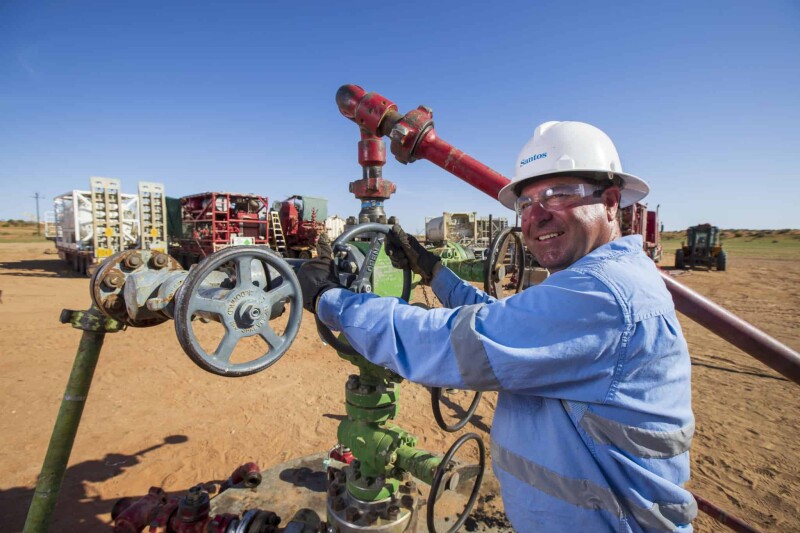Santos Ltd. announced this week it has joined two climate change programs with the goal of reducing its methane emissions and eliminating routine flaring.
The Adelaide-based oil and gas company has joined the Aiming for Zero Methane Emissions Initiative, becoming the second Australian producer after Woodside Energy to become a signatory.
The program, established by the Oil and Gas Climate Initiative (OGCI), calls on signatories to implement “all reasonable means” to prevent methane venting, flaring, and leaks.
Santos is also the latest upstream firm to commit to the World Bank’s goal of ending routine flaring by 2030. Launched in 2015, Santos is the 55th company to endorse the zero-flaring initiative which is credited with helping bring flaring volumes in 2022 to their lowest levels in more than a decade.
“The aims of the initiatives closely align with our three-hub carbon capture and storage, and low-carbon fuels strategy, which is designed to enable Santos to abate the critical fuels we are producing today and supply lower-carbon alternatives as customer demand evolves,” Kevin Gallagher, CEO of Santos, said in a statement.
The SPE also counts as a supporting member of the OGCI program, which recognizes that virtually all the industry’s methane emissions can and should be avoided.
“With its broad portfolio, including exploration and production complemented by carbon capture, Santos can have a significant impact on methane emissions. We look forward to working with Santos as we further develop this essential cross-industry initiative,” Bjørn Otto Sverdrup, chairman of OGCI’s executive committee, said in a statement.
The announcement by Santos comes on the same day that the firm released what it said is its most comprehensive environmental assessment yet. The report notes that Santos launched efficiency projects last year which reduced emissions from fuel, flaring, and venting by 50,000 mtpa of CO2e. Also highlighted are several ongoing electrification projects at its oil and gas facilities, including a tender for a proposed 80-MW solar farm that would power one of the firm’s gas processing plants.
The company added that the recent moves follow its new goal to achieve a 30% reduction by 2030 in Scope 1 and 2 emissions. Santos plans to achieve absolute net zero on Scope 1 and 2 emissions by 2040.
Santos has also piloted direct air capture technology and is in the final stages of building its Moomba carbon capture and storage (CCS) project in the Cooper Basin. The site is expected to have a nameplate capacity of 1.7 mtpa of CO2—equal to about 28% of Australia’s annual emissions.
Despite construction costs soaring 30% above initial expectations, Santos said the now $220-million facility will be one of the world’s lowest-cost CCS projects when it begins injections by midyear.


